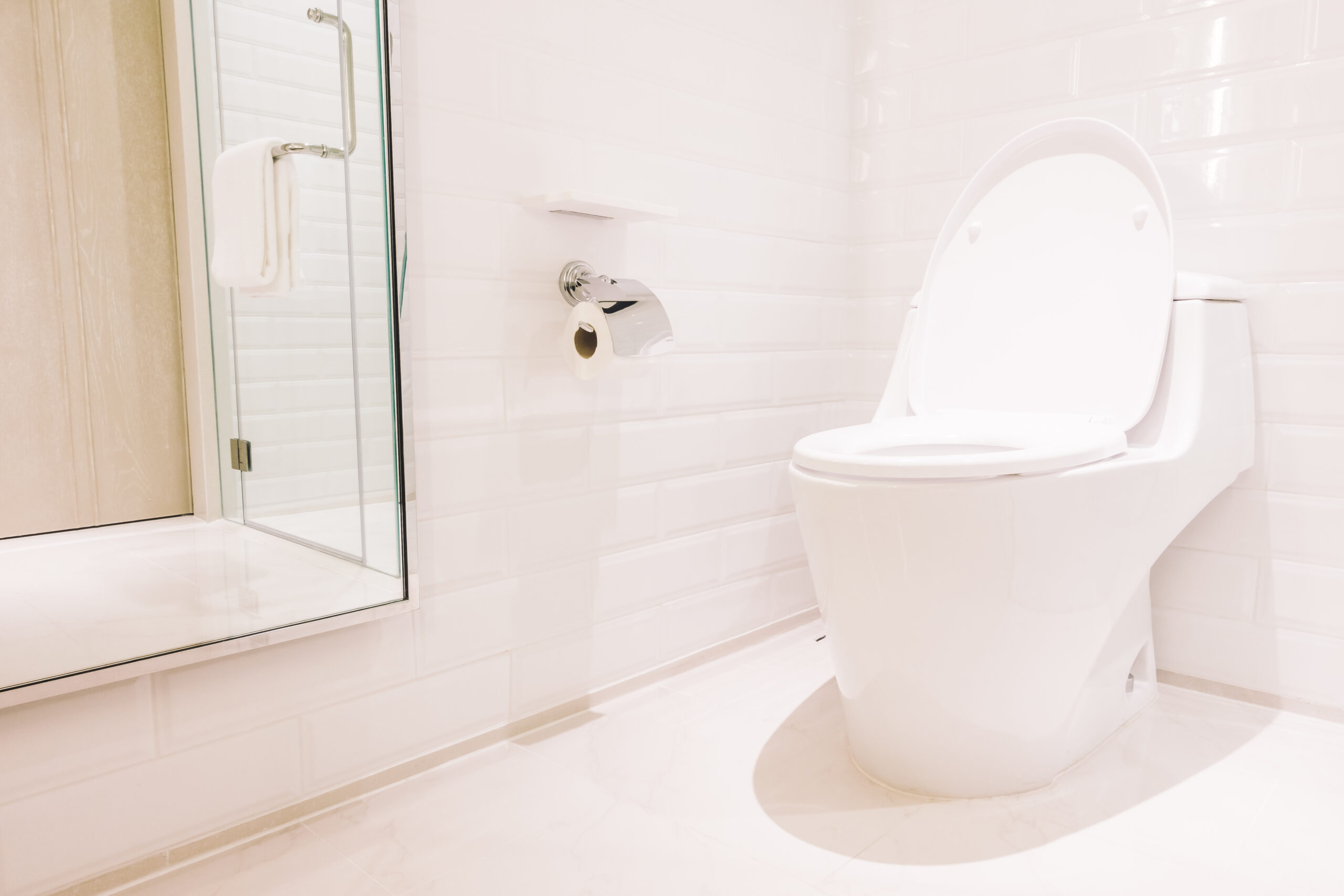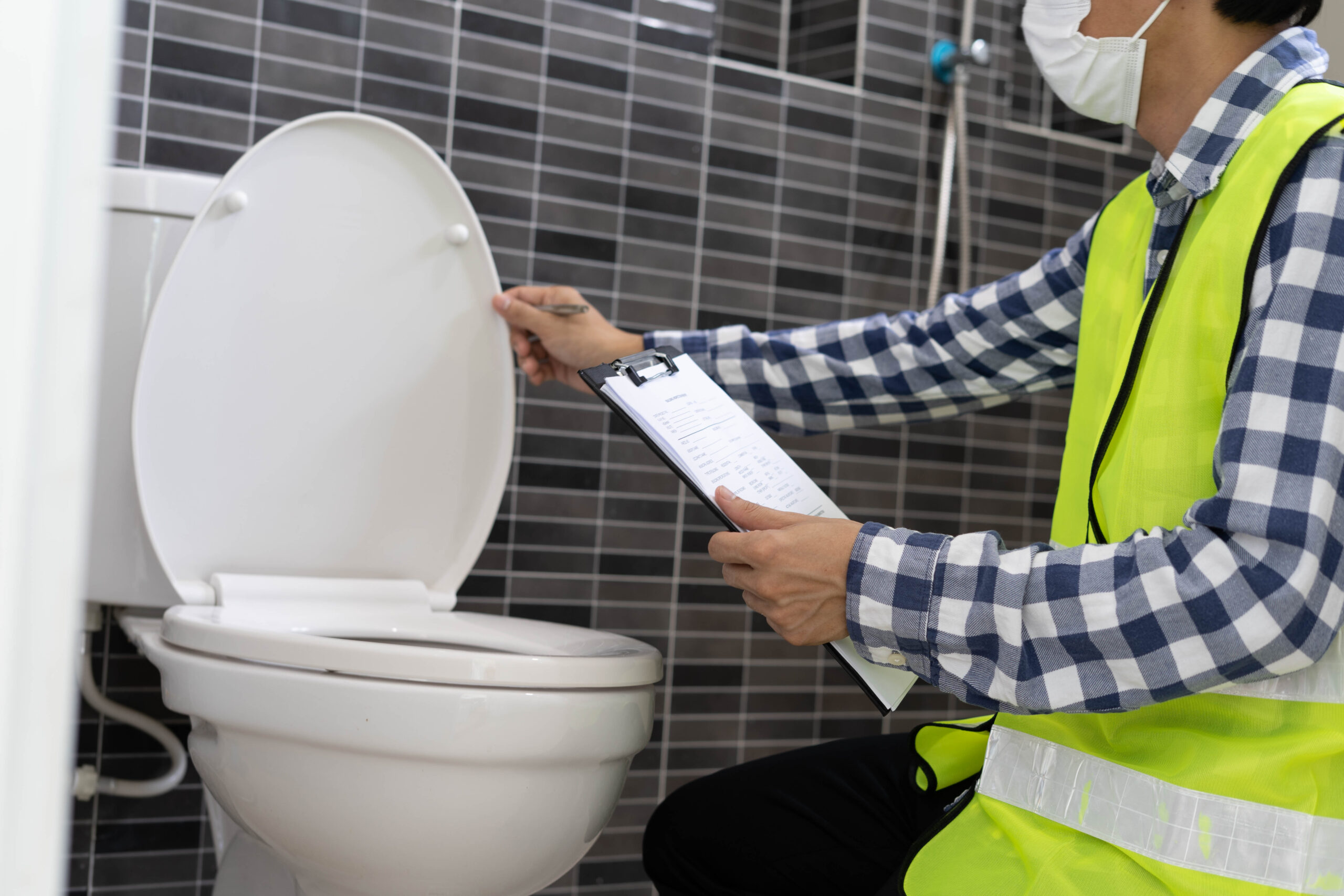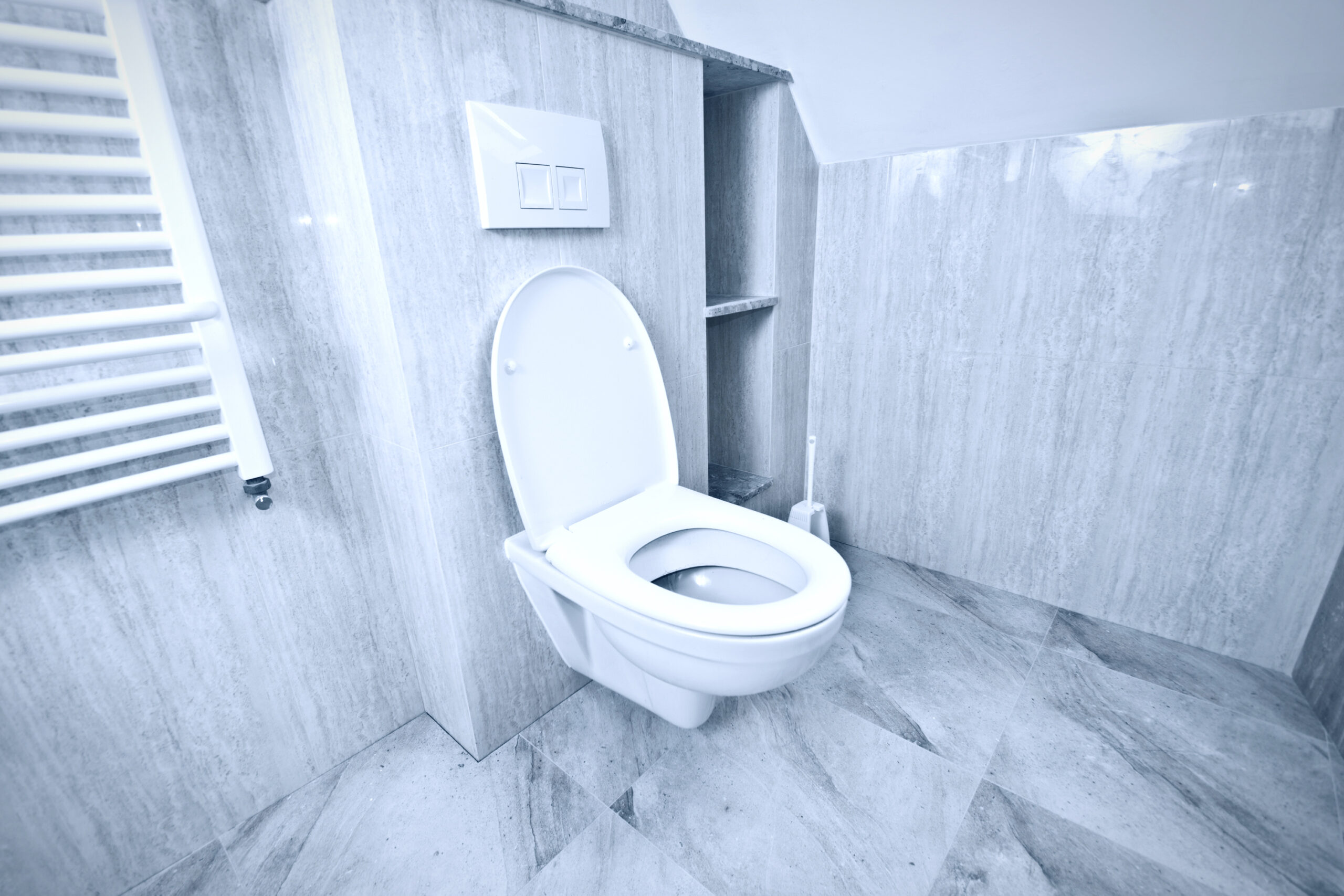
One piece toilet are popular among modern bathroom designs. The sleek and seamless design fits in all modern and modular designs giving the bathroom of classy look. One piece toilet are easy to handle and maintain all while giving a modern one piece toilet look to the bathroom. In this article, topics like features, design, concept, and popular models of one piece toilet. One piece toilet are a popular choice for countries like Russia, Columbia, Germany, and America.
What is a One piece toilet?
A one piece toilet is a toilet fixture that is a combination of tank and bowl into one unit. Different from a two piece toilet, both the units are attached in one piece toilet. Hence, a one piece toilet eliminates any joints or services between two parts. The smooth and seamless construction of a one piece toilet without any joints makes it look sleek and classy. The absence of visible pipes or joints gives the bathroom a high-end look.
The jointless design makes the toilet hygienic by eliminating spots where dirt and grime can accumulate. The absence of visible pipes makes it a popular choice for modern bathrooms. This seamless construction of a one piece toilet also avoids leaks or cracks that may arise in the joints over time. This makes one piece toilet more durable and low maintenance.
Advantages of a one-piece toilet
One piece toilet have several advantages over their two piece counterparts. The construction and all-in-one design of these toilets have made them an increasingly popular choice for homeowners. One of the main advantages of a one piece toilet is its contemporary and smooth appearance. With no visible joints or pipes, these toilets provide a seamless look that complements any bathroom design. Whether it is a modern bathroom or a traditional bathroom style, this one piece toilet effortlessly blends with every design to enhance the overall appearance.
Other than their aesthetic appearance, one piece toilet also aid hygiene and maintenance. The absence of gaps between the tank and bowl eliminates space for dirt and grime accumulation. This not only helps the cleaning but also provides optimal cleaning. Further, the special construction reduces the risk of leakage and cracks in the toilet. This makes them more durable compared to two piece toilet.
The flush mechanism of a one piece toilet is very efficient and effective for getting rid of waste. Many one piece toilet are equipped with siphonic flushes or dual flush toilets. Such mechanisms make sure there is a thorough cleaning and a powerful flush. There is an increased awareness of water conservation. This encourages many customers to opt for water sense certified toilets. These one-piece toilets are designed to use optimum water and are considered to be very eco-friendly. The seat design and comfort of a toilet are some of the most important concerns for customers. The design of one piece toilets provides comfort and ease.
Besides, the installation of a one piece toilet is easier compared to the two piece toilet. This is because there is only one piece toilet to install and the absence of pipes, joints, and seals. Some toilets with complex parts have specific installation processes than one piece toilets. Many variants of a one piece toilet include one piece toilet elongated and a dual flush one piece toilet.
By considering a few points about a toilet you can easily buy the best one piece toilet for your lavatory. These key features will help you find the best toilet that meets your functional and financial needs, all while complementing your bathroom aesthetics and designs. These features include one piece toilet chair height, one piece toilet price, one piece toilet dimensions, etc.
One piece toilet vs Two piece toilet
While spending money comparison is a human nature. Hence, when buying a toilet the most common comparison is One piece toilet vs two piece toilet. Both options have their pros and cons. Let’s have a look at them to help you make the best decision.
One key difference between the two designs is that one one piece toilet has a tank and bowl attached whereas a two piece toilet has a tank and bowl separate. This feature makes the one piece toilet seamless and clean. On the other hand, a two piece toilet has a tank and bowl attached with pipes, seals, and joints. Although, the one piece toilet is more expensive than two piece toilet. People on tight budgets consider two piece toilet over one piece toilet. But the price of a one piece toilet is justified by its feature of easy cleaning and low maintenance. They also have various features like different one piece toilet chair height and different one piece toilet dimensions.
In terms of installation, a one piece toilet is generally easier to install because it comes as one complete unit. This saves a lot of time and effort during installation. On the other hand, a two piece toilet requires a tank and bowl to be separately assembled. This is more time-consuming than a one piece toilet. Repairs of both one piece toilet and two piece toilet is different. Since everything in a one piece toilet is integrated and enclosed the repairs can be a headache. The repairs on a two piece toilet are easier because most of the attachments are exposed. The exposed parts like pipes, joints, and seals are more prone to damage and hence need repairs more often.
Maintenance of one piece toilet and two piece toilet are different from one another. The maintenance of a one piece toilet is easier than two piece toilet. The absence of all the pipes, joints, and seals prevents the accumulation of dirt, grime, and saline salts in the toilets. Since most of the toilet is covered and only the shell gets dirty. This shell is mostly a smooth surface made of ceramics or other materials. Hence, cleaning and maintenance of a shein on one piece toilet is easier than a two piece toilet.
The water efficiency of a toilet and its flush is an important aspect these days. Both one piece toilet and two piece toilet can have a feature of water efficiency. The design of a toilet is a key feature for water efficiency. Most toilets with dual flush or siphonic toilets are water-efficient.
Ortonbaths one piece toilet
Orton Baths one piece toilet offer a modern design with a full skirt for a sleek look that allows an easy cleaning. The elongated bowl makes for a relaxing experience. The dual flush function offers the ability to conserve water without compromising performance. The company offers a modern one piece toilet. They are available in countries like Russia, Germany, Colombia etc. The toilet matches the one piece toilet American standard. You can buy toilets on their website. Orton Baths has over 100 varieties of one piece toilet. These toilets are equipped with some of the best features like dual flush, rimless designs, siphonic suction, heating seats, etc. They are also available in various colors like black, blue red, and grey. These one piece toilet are designed very neat and sleek. These toilets are easy to maintain and clean. However, it is recommended to buy the repair parts that fit the Orton bath toilets. You can buy toilets from orton baths on their websites. Ortonbaths have toilets in all price ranges for everyone.
Common misconceptions about one piece toilets
There are many misconceptions around one piece toilet. One of the most common misconceptions is that one piece toilet are more expensive than their two piece counterparts. Although it is somewhat true that one piece toilet can have a higher upfront cost, this is often offset by their long-term benefits. The streamlined design and integrated construction of a one piece toilet can save you money in the long run by reducing the risk of leaks and minimizing the need for repairs. There is a misconception that one piece toilet are not as durable or reliable as two piece toilet. This is simply not the case. One piece toilet are crafted using high-quality materials and undergo rigorous testing to ensure durability and longevity. With proper care and maintenance, a one piece toilet can easily last for many years. By debunking these misconceptions, we hope to help you make an informed decision when considering a one piece toilet for your bathroom.
Conclusion
One piece toilet are seamless and smooth in design. These toilets are easy to clean as the tank and bowl are combined in one piece. They are more expensive than two piece toilet but the low-maintenance and easy cleaning justifies the one piece toilet price. However, the repair of these toilets can be tricky as most parts are enclosed. Hence, there are both benefits and drawbacks to the design. Buying a One piece toilet can be a first choice for many customers because of its sleek look, easy cleaning, absence of attachments, and decent price range. One should consider a few characters about a one piece toilet before buying. These characters include the size of toilets, the size of a toilet seat, the type of mounting, and water conservation. We hope the article helps you choose the suitable toilet for your bathroom.
Must Read:https://ortonbaths.com/understanding-the-mechanism-of-a-rimless-toilet-how-does-it-work/




